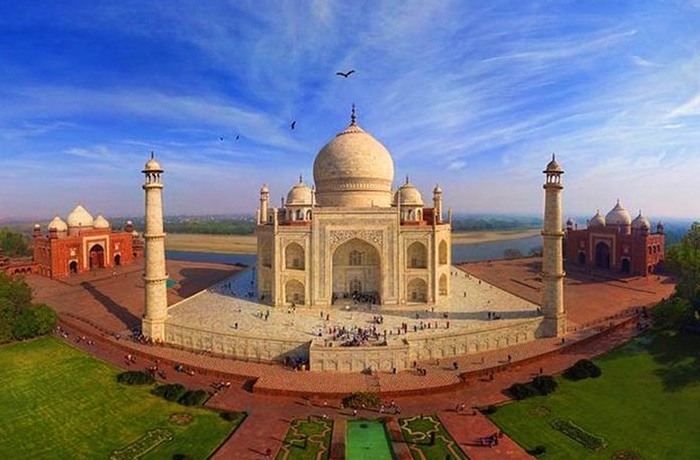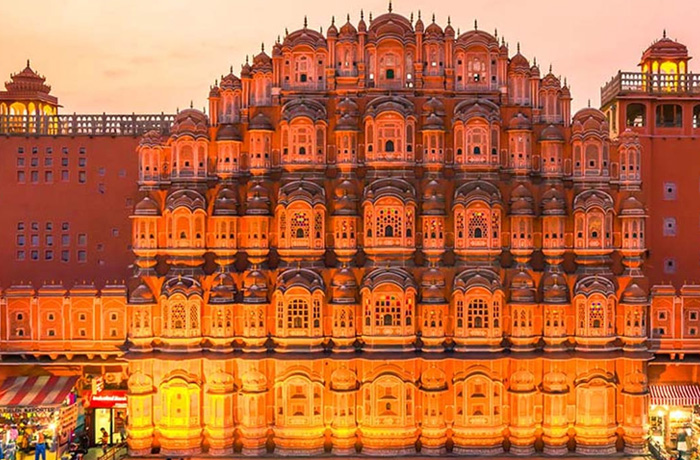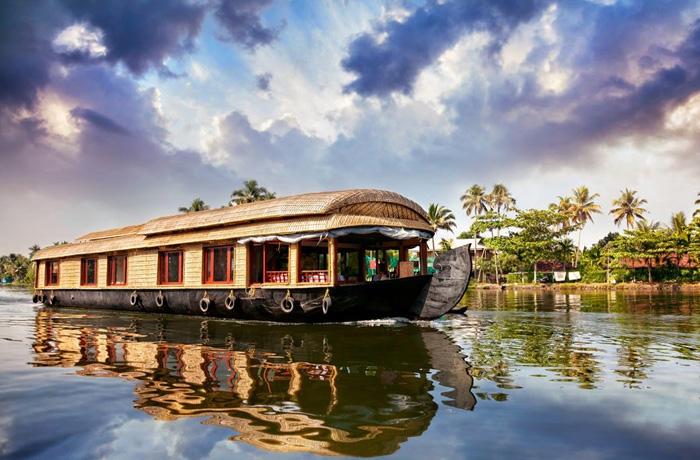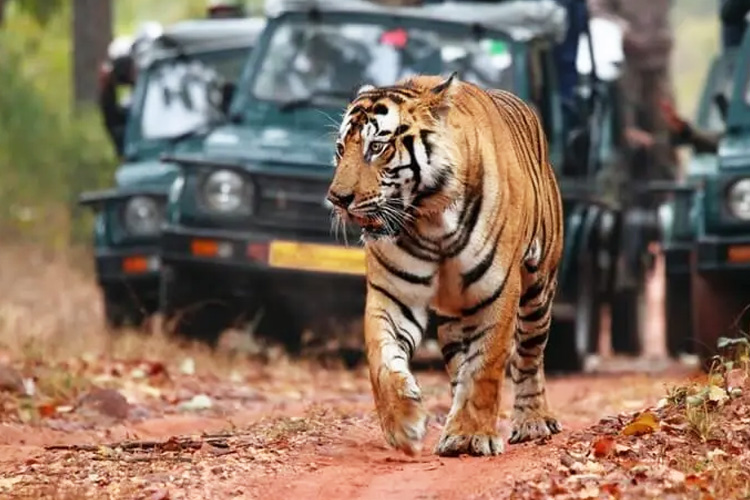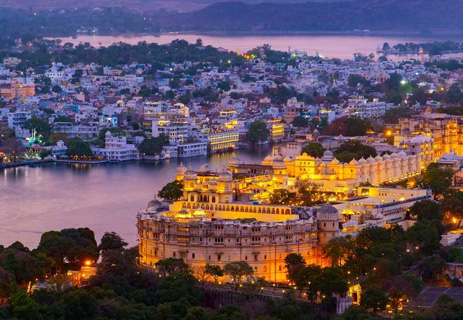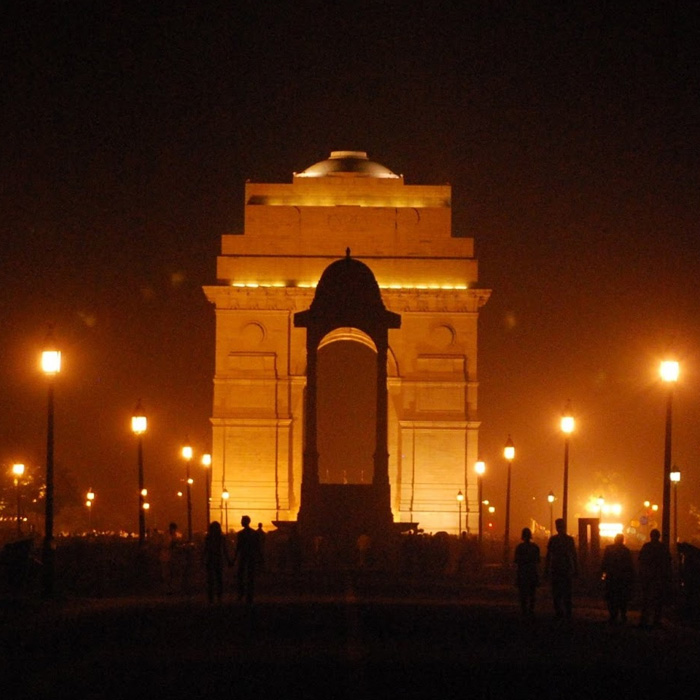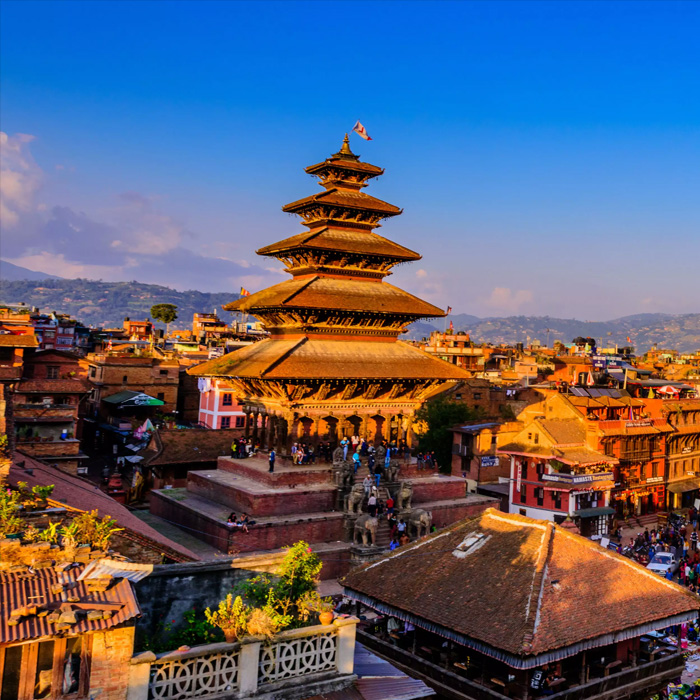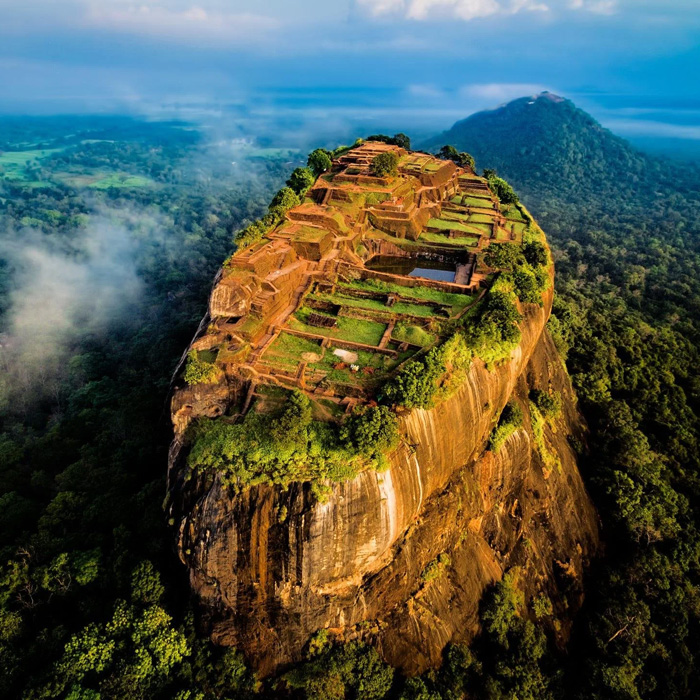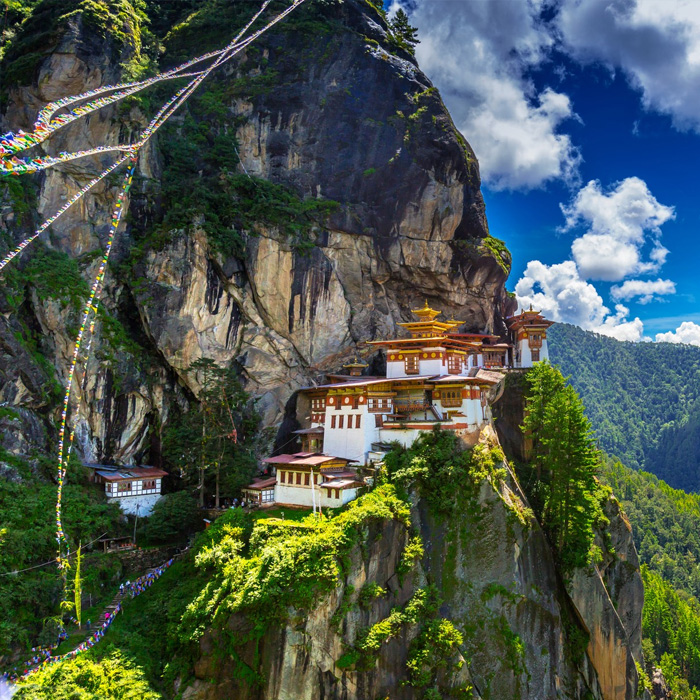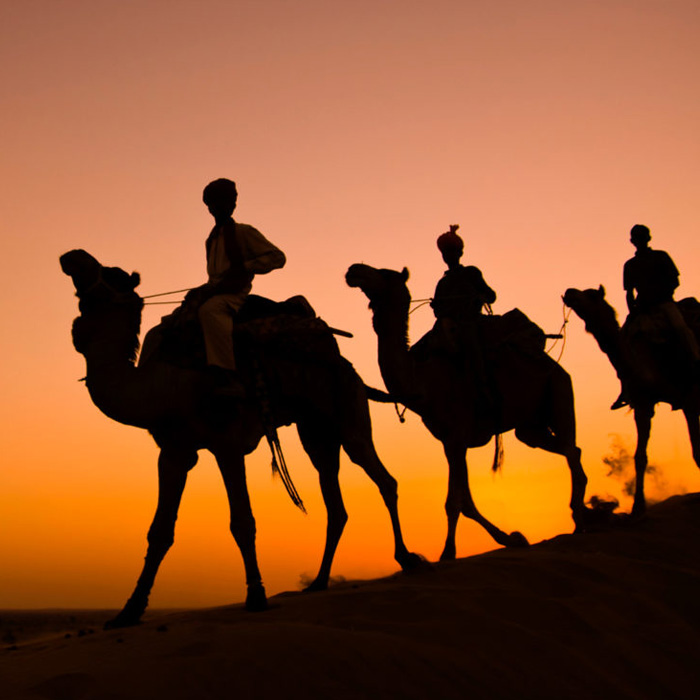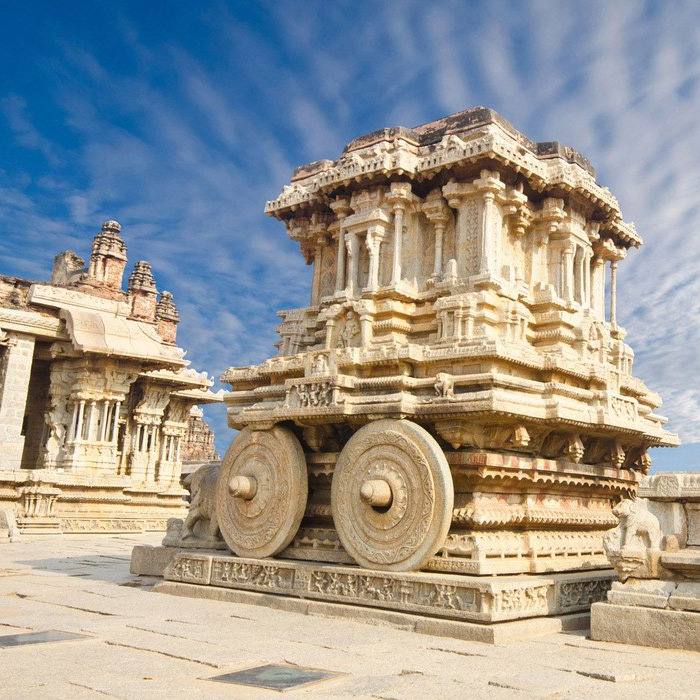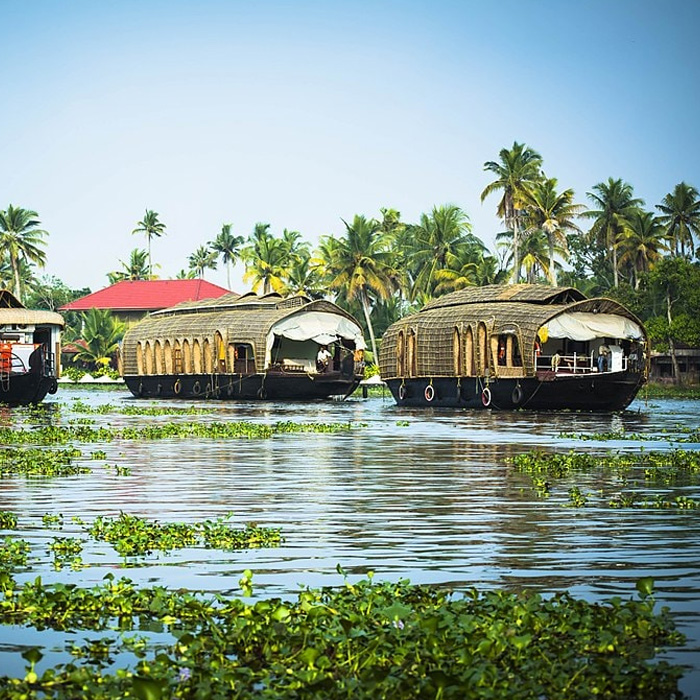Chardham Tour With Experience Vacations India
Description
Duration : 11 Nights / 12 Days
Destinations : Delhi – Haridwar – Barkot – Yamontri – Uttarkashi – Gangotri – Guptkashi – Kedarnath –Badrinath – Josimath – Rudraprayag – Rishikesh – Delhi
Explore Detailed Itinerary Below
Day 1 - Delhi – Haridwar (230 kms / 5-6 hrs)
Arrive at Delhi Airport/ Railway Station, meet and assistance followed by drive to Haridwar.
On arrival in Haridwar, transfer to hotel for check-in.
Afternoon visits: Chandi Devi Temple, Mansa Devi Temple, Daksh Mahadev Temple and Bharat Mata Temple,
Evening witnesses the Aarti Ceremony at holy river Ganga.
Evening back to hotel. Dinner and Overnight Stay.
Day 2 - Haridwar – Barkot (210kms/7-8hrs drive one way) Height: 1352 MTS.
Morning breakfast and proceed to drive for Barkot en-route visit Mussoorie Kemptyfalls.
Dinner and Overnight Stay. Barkot Weather - Generally pleasant in summer, the temp. ranges from 25-30 degree Celsius, Winter: The Days are pleasantly cool, but the nights are cold, temp. ranges from 10 deg to 05 deg.
Day 3 - Barkot – Yamotri – Barkot (36 kms drive and 06 kms trek -on way) Height: 3235 MTS
Early morning after breakfast, drive to Jankichatti / Phoolchatti & start your trek from here to Yamunotri (6kms)
(Either by walk or by horse or by Doli at own cost).
After taking bath in JamunabaiKund's warm water and having "Darshan" of "Yamunaji" return to Jankichatti by trek.
Evening return to Barkot. Dinner and Overnight Stay.
Day 4 - Barkot – Utarkashi (100 kms /4-5 hrs) Height: 1352 MTS
Uttarkashi is home to several ashrams, temples. The name of the town reflects its similarity too and location (as north of) the city of Kashi (Varanasi). Like Varanasi, town of Uttarkashi is also situated on the banks of River Ganga.
Morning after breakfast, drive to Uttarkashi. En-route visit Shivgufa.
Vishwanath temple -Vishwanath temple is one of the oldest Shiva temples in Northern India. Re-constructed in 1857 by Maharani Khaneti Devi of Tehri State in the ancient architectural style. It is situated at the heart of the town. A massive iron trident, symbolic of divine mother’s, is erected and worshiped from time immemorial at the temple complex. Ganeshji, SakshiGopal, Markandeya Rishi’s small shrines are also part of the temple complex. AkhandJyoti as well as AkhandAbhishek, special aarti at morning and evening are offered. As per SkundaPuran, Uttarkashi is known as ‘Saumya Varanasi’, the abode of Lord Shiva in Kaliyug and counted as one of the twelve Jyotirlingas.
Shakti temple - Right in front of the Vishwanath temple is Shakti temple. It has a big ‘Trishul’ of about 6 meters in height and a circumference of 90 cms. at bottom. Though there are different views about the making of this, the upper part of it seems to be made up of iron and the lower one is of copper. As per the epics this Shakti was thrown on the devils by the Goddess Durga (Shakti), hence it gets its name. Since then this Shakti is erected over here.
On arrival, check-in to the hotel. Dinner and Overnight Stay
Uttarkashi Weather - Generally hot in summer, the temperature ranges from 30-35 degree Celsius but nights is pleasant, Cold in winters.
Day 5 - Uttarkashi – Gangotri – Uttarkashi (100 kms/4-5 hrs) Heights: 3048MTS
Harsil Tourism | Best time to visit, How to Reach, Places to visit & SnowfallHarsil:- Harsil, also known as the “Mini Switzerland of India”, Harsil is a village, located on the banks of the Bhagirathi River, on the way to Gangotri, a Hindu pilgrimage site in Uttarkashi district of the Indian state of Uttarakhand. Ganges below Gangotri, near Harsil Situated at an altitude of 9,005 ft (2,745 metres.) from sea level, Harsil lies 78 km. from Uttarkashi, and 30 km away from the Gangotri National Park which is spread across 1,553 square km. The hill station is well- known for its natural environment and apple production.
Evening drive back to Uttarkashi.
Dinner and Overnight Stay.
Gangotri Weather - The maximum temperature during summer can go up to 20° Celsius. Summer nights can get cooler with a minimum temperature of 10° Celsius. Light woolen clothes are required while visiting Gangotri during summer. Winter season is very cold in Gangotri. Gangotri will be covered in sheets of snow during winter. Pilgrimage centers remains closed throughout winter due to heavy snow falls.
Day 6 - Uttarkashi – Guptkashi (220 kms/8-9 hrs) Heights: 1319MTS
Guptakashi:-The name GuptKashi means "Hidden Kashi”. Mythology describes how when the Pandava brothers were searching for a glimpse of Shiva, Shivji first concealed himself at Guptkashi, but later fled from them further up the valley to Kedarnath, where the Pandavas finally got their wish fulfilled. There are more tangible connections as well-the Kedarnath pandas (priests) live in Guptkashi during the winter months, and after th e Kedarnath temple closes for the winter, the image of Kedarnath passes through GuptKashi on its way to Ukhimath (across the valley), where it stays for the winter.
Dinner and Overnight Stay.
Overnight Stay.
Day 7 - Guptkashi – Kedarnath (35 kms / 1 ½ hrs & 18 kms trek – on way) Heights: 3584 MTS
Early morning after early breakfast, drive to Sonprayag. Upon arrival in Sonprayag, take a local jeep to Gaurikund and start your trek to Kedarnath. (Outside Vehicles are not allowed beyond Sonprayag).
On arrival, check-in to the hotel.
Dinner and Overnight Stay.
Kedarnath Weather - Due to its high altitude the weather in Kedarnath remains cold for most part of the year. Summer here is cool and pleasant while winter is severe. During summer season the temperature varies around 20°Celsius. Light woolen wear is recommended. Winter season in Kedarnath is severe with mercury falling to as low as 0°Celsius. During this time the place experiences snowfall as well. Due to the extreme climatic conditions, this time is usually avoided by tourists.
Day 8 - Kedarnath – Guptakashi (18 kms Trek & 35 Kms drive ) Heights
Rest day at leisure.
Dinner and Overnight Stay.
Day 9 - Guptakashi – Badrinath (220 kms/ 9-10 hrs) Heights: 3133 MTS
Morning after breakfast, drive to Badrinath. Check in to the hotel arrival in Badrinath. Pilgrims after having a bath in the Taptkund have the Darshan of Badrivishal & Aarti in evening. Brahamakapal is significant for PinddanShraddh of ancestors (Pitrus). There is other interesting sightseeing spot like Mana, VyasGufa, Maatamoorti, Charanpaduka, Bhimkund and the "Mukh" of the Saraswati River. Just within the 3 kms of Badrinath ji.
TaptKund: Natural thermal springs on the bank of the river Alaknanda, where it is customary to bath before entering the Badrinath temple.
ManaVillage: Inhabited by an Indo-Mongolian tribe, it is the last Indian village before Tibet.
BhimPul : On the other side of Mana village, a massive rock forming a natural bridge, lies over the roaring Saraswati river. It presents a spectacular view of water thundering down through the narrow passage under the rock and is believed to h ave been placed there by Bhim, the second eldest among the five Pandava brothers.
Vasundhara: As the name suggests, vasundhara is a magnificent waterfall. This place is 5 kms. From Badrinath out of which 2 kms. Is motorable up to Mana.
Dinner and Overnight Stay.
Badrinath Weather: The average maximum temperature will be around 18° Celsius and the average minimum is 8° Celsius. Warm and woolen clothes are hence required for a stay in Badrinath throughout the year. Winter in Badrinath is often accompanied by snow falls. Winter is very chilly with an average temperature of 5° Celsius. Due to the extreme climatic conditions, this time is usually closed for tourists.
Day 10 - Badrinath- Joshimath – Rudraprayag (160 kms/7-8 hrs) Heights: 895 MTS
Morning after breakfast, driver for Rudraprayag via Joshimath. Visit on the way Narsingh Temple in Joshimath later drive back to Rudraprayag via Joshimath.
Continue drive to Rudraprayag.
Rudraprayag, Rudraprayag, is one of the PanchPrayag (five confluences) of Alaknanda River. It is confluence of rivers Alaknanda and Mandakini. Kedarnath, a Hindu holy town is located 86 km from Rudraprayag.
On arrival, check-in to the hotel. Dinner and Overnight Stay.
Rudraprayag Weather - Generally hot in summer, the temperature ranges from 35-40 degree Celsius, Winter: The Days are pleasantly cool but the nights are cold, temp ranges from 20 deg to 05 deg.
Day 11 - Rudraprayag – Rishikesh (140 kms / 5-6 hrs)
Morning after breakfast drive to Rishikesh – the capital city of Yoga.
On arrival, check-in at the hotel
Later Visit:Laxman Jhula, Ram Jhula, Triveni Ghat, Parmarth Niketan Ashram, Geeta Bhwan, Tera Mazil Temple. Pool Chatti Ashram.
Dinner and Overnight Stay.
Day 12 - Rishikesh – Delhi – Depart (247 kms / 6-7 hrs)
Upon arrival in Delhi, drop at Airport / Railway Station to board onward connection.
Above rates include following: -
- Traditionally welcome with garland at Airport
- Accommodation based on 1 double / twin sharing room for 08 nights with base category of rooms as mentioned above or similar at hotels
- Meal Plan: Breakfast at all hotels
- Rickshaw ride at Chandni Chowk Delhi
- Transport using by air-conditioned vehicle Etios/ Dzire with chauffeur
- All sightseeing as per the program
- All presently applicable taxes including service taxes
Rates does not include: -
- Any services other than the mentioned above
- Any lunches and dinner (other than mentioned above)
- Any accompanying guide services
- Monuments entrances to sites as per programs
- Any domestic & international flights
- Visa charges & Airport taxes
- Any extras like table drinks, telephone calls, any tips, laundry etc or any other personal expense
- Still camera or video camera fees
- Any tips to drive/guide/escort
- Any airfare (quoted separately)
- Any tips at restaurant /to guide/ driver etc
- Any increase in costs beyond our control such as fuel and air fares increase, additional Governments levies and taxes etc
 WhatsApp
WhatsApp